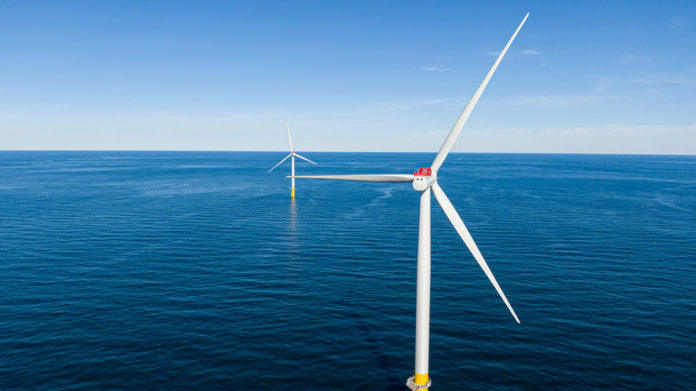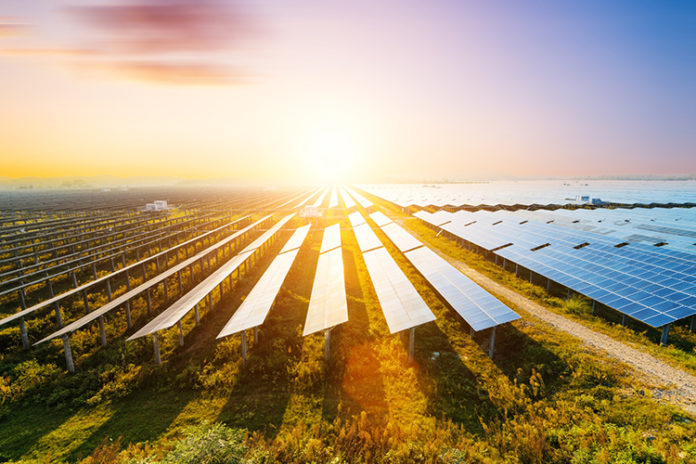Green hydrogen has garnered attention as an environmentally friendly substitute for fossil fuels due to its ability to generate only water when burned. This serves as a promising solution in the global fight against climate change and clean energy transition. Its potential to significantly reduce heavy dependence on fossil fuels makes it a critical resource for achieving net-zero emissions by 2030. Green hydrogen is generated via electrolysis, a chemical process that converts water into oxygen and hydrogen using electrical energy.
Green hydrogen is critical to the clean energy transition, as it provides a sustainable and eco-friendly alternative to fossil fuels. Unlike fossil fuels that emit harmful gases, such as carbon dioxide, which have caused extensive damage to the environment, green hydrogen produces only water and heat as byproducts. Green hydrogen’s zero-emission feature makes it a crucial player in the decarbonization process. Green hydrogen helps to lower greenhouse gas emissions by reducing our reliance on carbon-intensive energy sources, contributing to global efforts to combat climate change.
Green hydrogen also has the potential to significantly stabilize and diversify the energy supply. It can be generated using renewable energy sources such as wind and solar electricity, allowing for both sustainable and scalable production. This combination of renewable energy and green hydrogen can improve energy security and aid in the transition to a more resilient and sustainable energy system.
Furthermore, green hydrogen is crucial for the clean energy transition due to its versatile and efficient storage capabilities. A major advantage of green hydrogen is that it can be compressed and stored in specialized tanks for extended periods of time. Flexibility is crucial for a reliable and continuous energy supply, especially when integrating intermittent renewable energy sources like wind and solar power.
Green hydrogen has the capability of being retained in a multitude of states apart from its gaseous state, encompassing liquids, hydrides, and chemicals. The versatility of these storage methods enables their implementation across numerous sectors and industries, including power generation and transportation. Moreover, hydrogen’s capacity to be stored in depleted reservoirs, salt caverns, or other subterranean formations provides significant and lasting storage options that are crucial for maintaining equilibrium energy supply and demand in the power grid.
In conclusion, the capacity of green hydrogen to function as a zero-emission energy source, to decarbonize several industries, enhance energy security and to smoothly integrate with renewable energy technologies makes it crucial for the clean energy transition.





